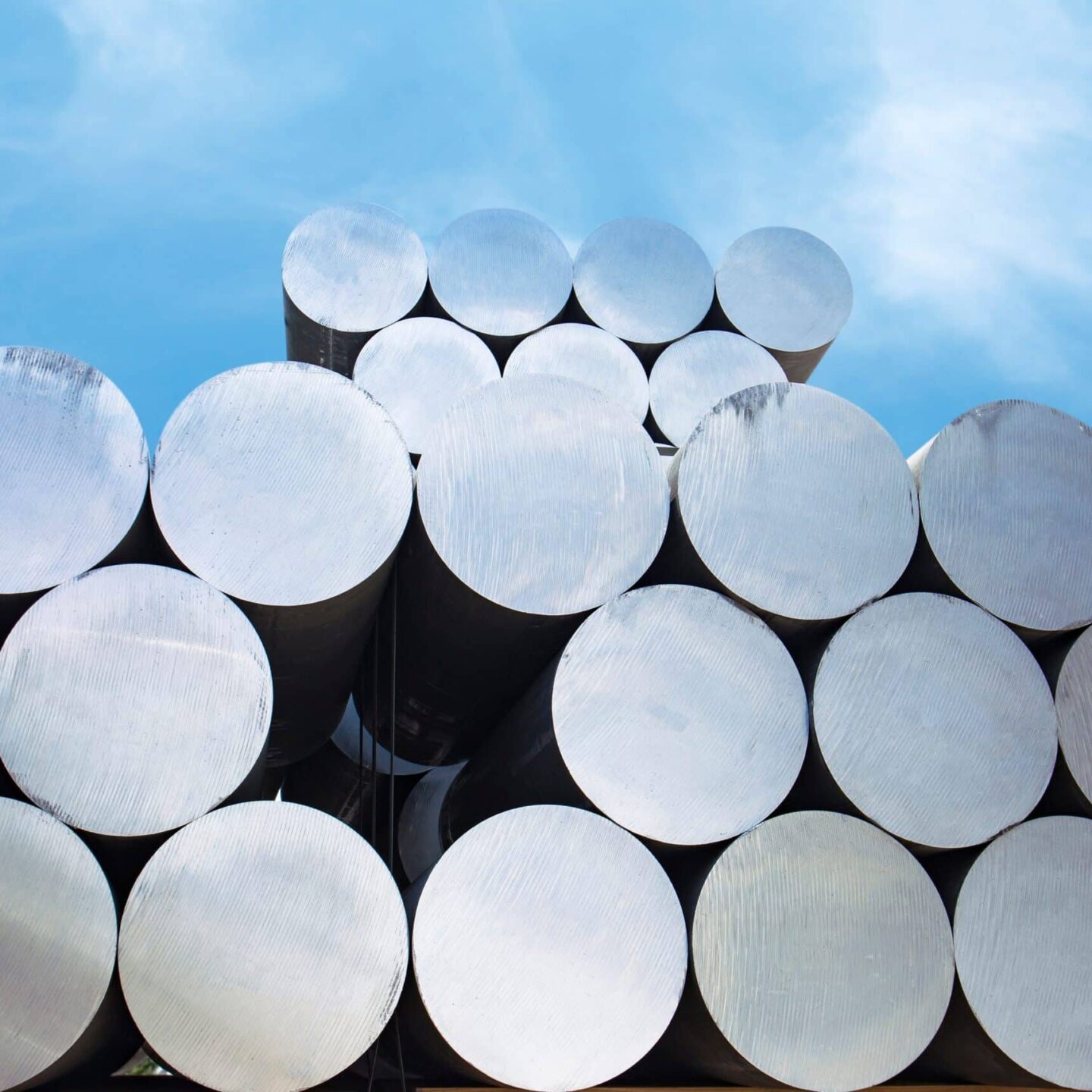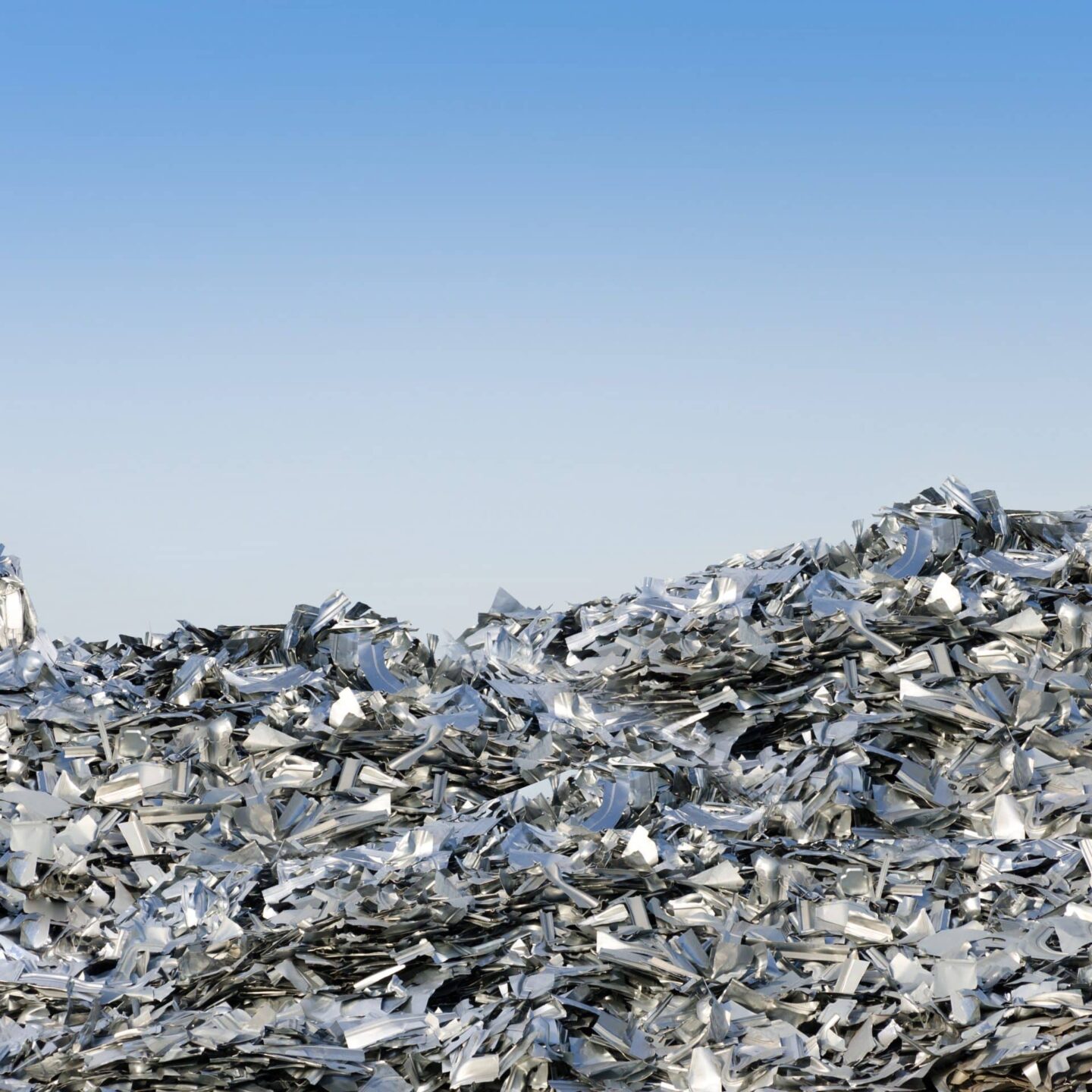A new study confirms that an aluminium beverage can placed on the European market generates almost 90% of its added value in Europe.
Eunomia Research and Consulting, on behalf of the International Aluminium Institute (IAI), have built a material flow model for aluminium cans sold in Europe including raw material extraction and all production stages. The countries included in this model referred to as ‘Europe’ are the 27 European Union member states, European Free Trade Association member countries and the United Kingdom. The model displays where raw material extraction and production are taking place to produce an aluminium can put on the market in Europe.
This data, together with economic data on the aluminium can value chain concludes that the European value-added share of a can put on the European market is reported at 89.1% in 2019.
This material flow model, based on the data developed by Eunomia Research & Consulting – from mining to use and recycling of a can sold in Europe in 2019, is now available on alucycle.






